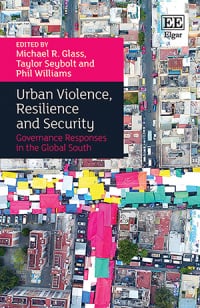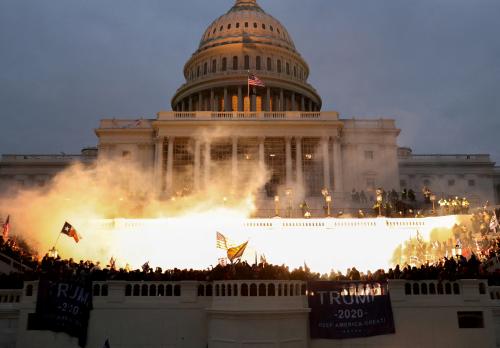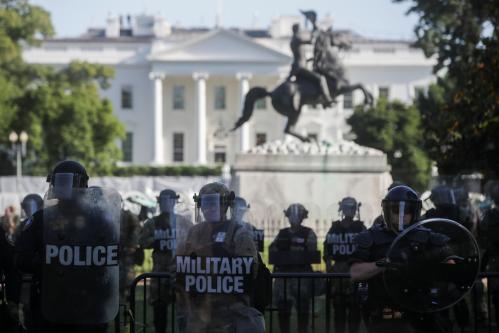On Labor Day weekend 2004, more
than a thousand African-American
men and women gathered at the Hyatt Regency
in downtown Chicago for a Saturday
afternoon fashion show. Black women
of various shapes and sizes glided down
the runway in eye-catching African prints
fashioned into stylish but loose-fitting
dresses. There were even a few male models,
sporting similarly colorful tunics and
leisure suits. The patter of the announcers
was accompanied by an African-American
version of Muzak—understated funk
punctuated with the occasional unobtrusive
rap number. Every so often audience
members were reminded to “write those
checks and spend that money.”
The “head-wrap,” usually some kind of
turban, worn by every woman on the runway
was a sign that this was no ordinary fashion
show, as was the way the clothes were described
to the audience. Though the emcee
occasionally noted how a particular dress
“accentuated” the figure of the model
sashaying down the runway, the most frequently
heard word was “modest,” as in
“This outfit would be good for a night on the
town when you want to look stylish and
modest” or “This is for the sister who wants
to be modest a n d strut her stuff.”
The fashion show had begun with a
reading from the Qur’an—in Arabic, by a
woman. Once again, highly unusual. The
occasion was the annual convention of
Imam Warith Deen (W. D.) Mohammed’s
organization, The Mosque Cares. The
three-day event had begun the day before,
Friday (J u m m a h), the Muslim day of
prayer, with a two-and-a-half-hour service
attended by about 3,000 worshipers. These
were middle- to lower-middle-class husbands,
wives, and children, a few of whom
were surely not Muslim. They were also,
as Imam Mohammed later put it to me,
“folks who want to get past resentment and
who want to be one with humanity.”
Again, the service was not typical of
Muslim prayer services around the world.
There was little kneeling and prostration.
Indeed, there was little actual praying, and
not much Arabic was spoken. (The overwhelming
majority of those present would
not have understood a whole lot.) The session
was taken up mostly with a rambling
but low-key sermon (k h u t b a) by Imam
Mohammed, who emphasized the importance
of taking “conscious, rational responsibility”
for one’s self, toward the goal
of taking advantage of the opportunities
available in the United States. At the concluding
session on Sunday afternoon, the
dominant topics were community economic
empowerment and Muslim education
and schools.



Commentary
America’s Other Muslims
September 1, 2005